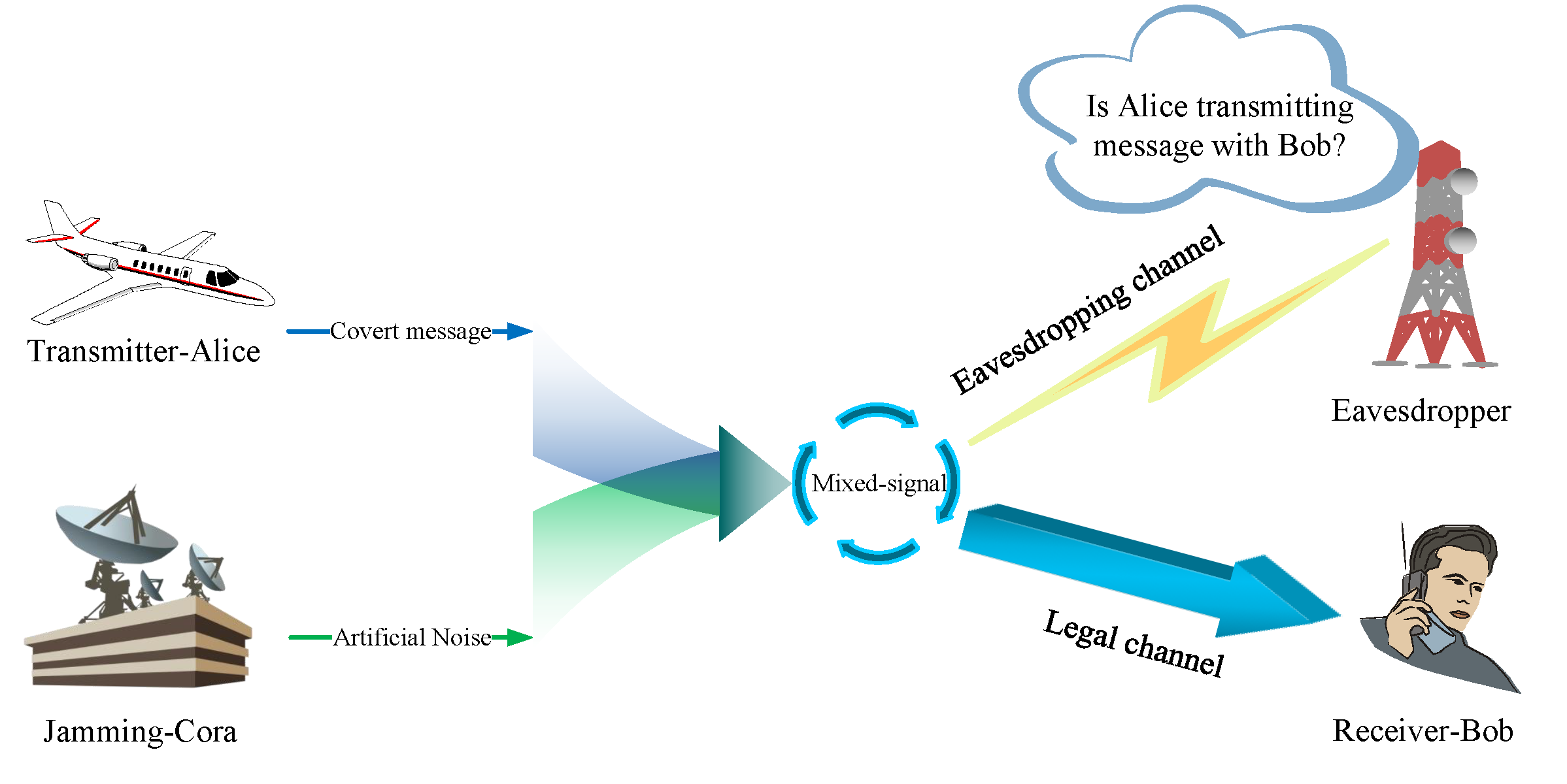 Open Access
Open Access
ARTICLE
Covert Communication in Integrated High Altitude Platform Station Terrestrial Networks
1 School of Space Information, Space Engineering University, Beijing, 101416, China
2 College of Electronic and Information Engineering, Nanjing University of Aeronautics and Astronautics, Nanjing, 210016, China
* Corresponding Author: Kefeng Guo. Email:
(This article belongs to the Special Issue: Recent Advances in Backscatter and Intelligent Reflecting Surface Communications for 6G-enabled Internet of Things Networks)
Computer Modeling in Engineering & Sciences 2023, 135(1), 583-598. https://doi.org/10.32604/cmes.2022.023093
Received 09 April 2022; Accepted 16 May 2022; Issue published 29 September 2022
Abstract
In recent years, Internet of Things (IoT) technology has emerged and gradually sprung up. As the needs of large-scale IoT applications cannot be satisfied by the fifth generation (5G) network, wireless communication network needs to be developed into the sixth generation (6G) network. However, with the increasingly prominent security problems of wireless communication networks such as 6G, covert communication has been recognized as one of the most promising solutions. Covert communication can realize the transmission of hidden information between both sides of communication to a certain extent, which makes the transmission content and transmission behavior challenging to be detected by noncooperative eavesdroppers. In addition, the integrated high altitude platform station (HAPS) terrestrial network is considered a promising development direction because of its flexibility and scalability. Based on the above facts, this article investigates the covert communication in an integrated HAPS terrestrial network, where a constant power auxiliary node is utilized to send artificial noise (AN) to realize the covert communication. Specifically, the covert constraint relationship between the transmitting and auxiliary nodes is derived. Moreover, the closed-form expressions of outage probability (OP) and effective covert communication rate are obtained. Finally, numerical results are provided to verify our analysis and reveal the impacts of critical parameters on the system performance.Graphic Abstract

Keywords
Cite This Article
 Copyright © 2023 The Author(s). Published by Tech Science Press.
Copyright © 2023 The Author(s). Published by Tech Science Press.This work is licensed under a Creative Commons Attribution 4.0 International License , which permits unrestricted use, distribution, and reproduction in any medium, provided the original work is properly cited.


 Submit a Paper
Submit a Paper Propose a Special lssue
Propose a Special lssue View Full Text
View Full Text Download PDF
Download PDF Downloads
Downloads
 Citation Tools
Citation Tools
